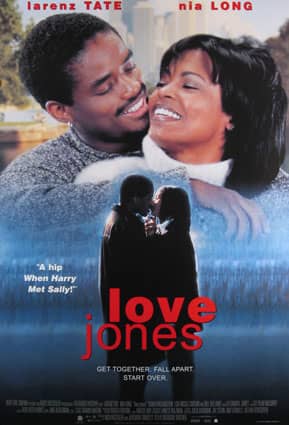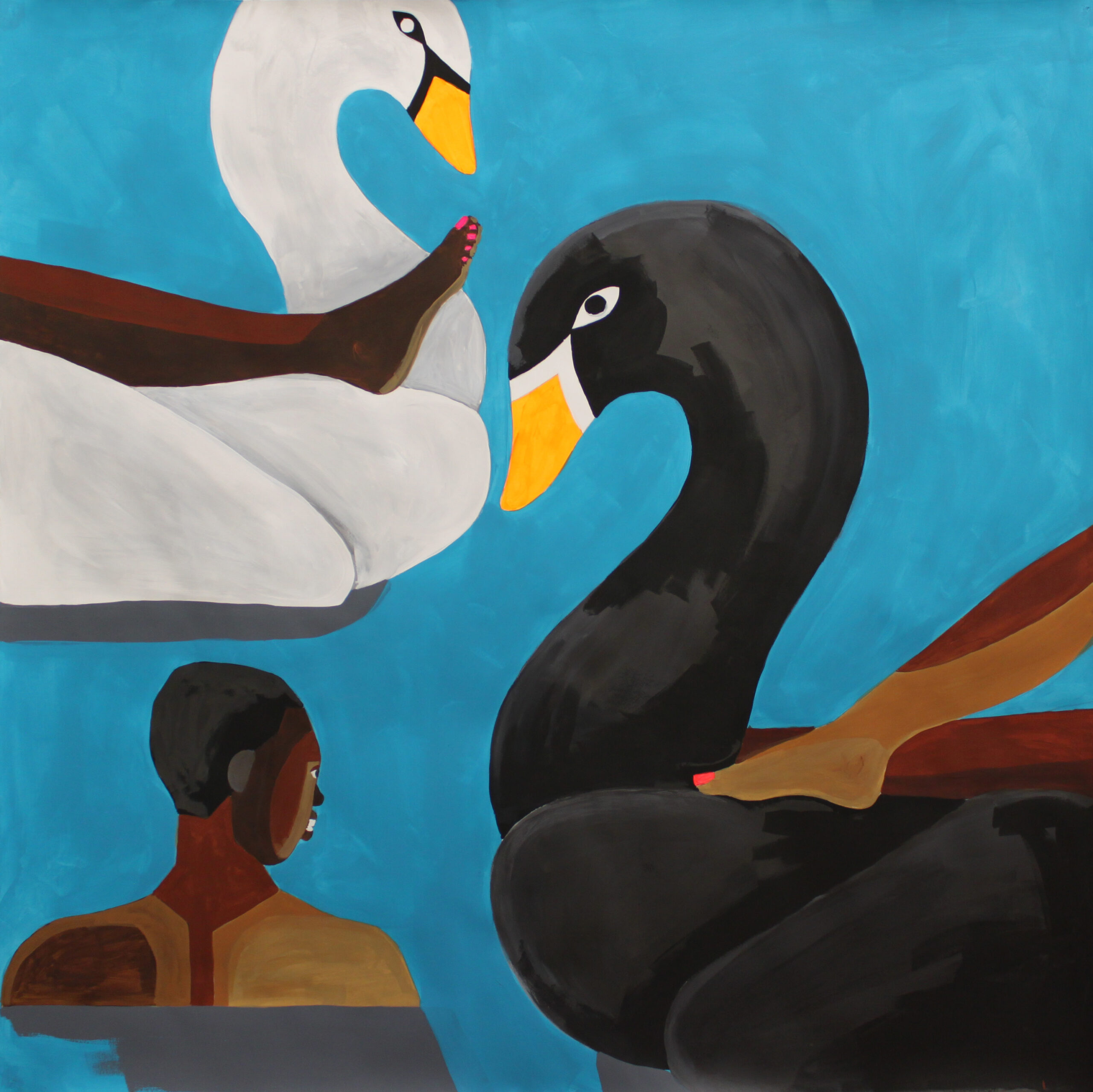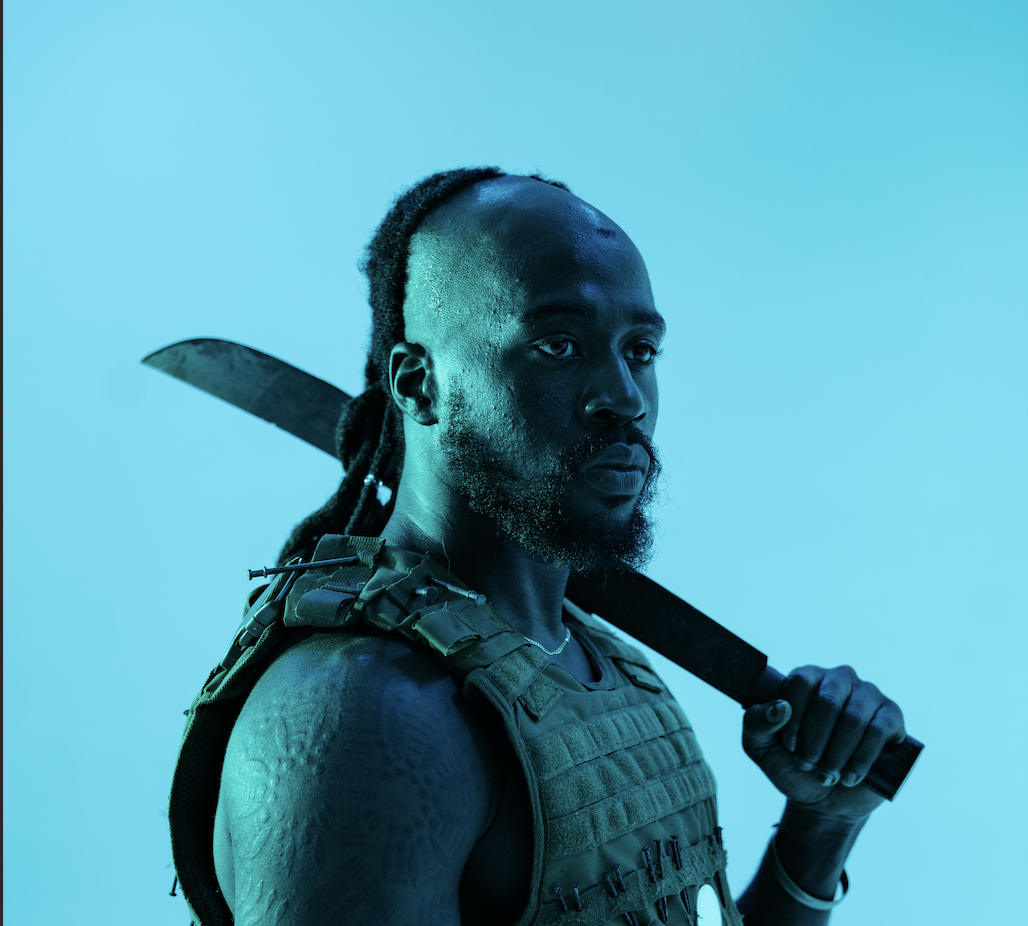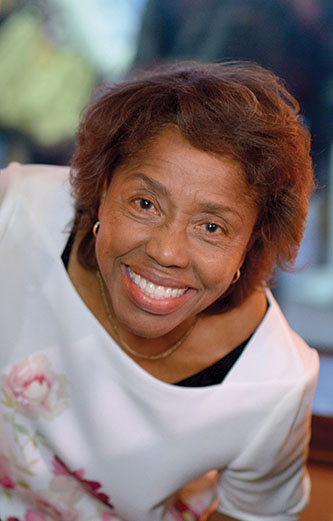By Dudley Alexis
It’s been nearly twenty years since the groundbreaking movie “Love Jones” was released in theatres. Directed by Theodore Witcher, and starring Larenz Tate and Nia Long, it received good reviews upon its release. Though the movie only enjoyed a fair amount of box office success, “Love Jones” has gradually enjoyed a growth in fandom, a strong cult-like following, and now, there is even a musical stage play based on the movie.
“Loves Jones” is set in Chicago and tells the story of Darius Lovehall, a writer and poet, and Nina Mosley, a photographer, who meet in a Bohemian night club during poetry night. After the first date, Darius spent the night at Nina’s apartment. As their relationship develops, they struggle to understand how much they care for each other and how much they need each other as they manage careers and baggage from former relationships.
“Love Jones”, is often overlooked as an important breakthrough movie in Black cinema. Usually, you can tell a movie is important by what it brings to the medium, what it changes and what trends come after.
Besides being a great romantic movie, what is most impressive about “Love Jones” is the portrayal of black youth in an urban setting. In the 90s, Black cinema and black youth were often depicted in life surrounded by gangs, drugs, and violence—such as in films like “Boyz n the Hood”, “Juice” and “Menace II Society”. The gangs and violence, on occasion, seemed to overpower the story the filmmaker was trying to tell.
It seems that was the norm of portraying black youth—and it is a norm we still cannot escape. Even Larenz Tate, who played Darius Lovehall, portrayed the antagonist gangster, O-Dog, in the movie “Menace II Society” a few years before “Love Jones”, which was a complete contrast to Lovehall. Filmmakers sometimes make the mistake of focusing on an archetype: that trend in Hollywood in which they think they can sell such as the stereotypical violent gang-related, urban black life. In that process, they miss other stories that can be told.
“Love Jones” completely broke that mold. The characters’ surroundings consisted of neighborhood cafes, local bookstores, spoken word poetry, and a cast of friends that enjoy similar interests. The characters did not feel out-of-place and enjoyed a symbiotic relationship with their environment. This portrait of the black urban life is scarce in cinema and it is badly needed. I strongly suggest that young black filmmakers study “Loves Jones” as an alternative way to portray urban black life.
A beautifully written black romance is a rarity. It was not a typical Cinderella love story with a knight in shining armor. In the story, female and male characters can stand on their own as they manage their lives and careers. They understand themselves but are still trying to figure how they fit in each other’s lives. The movie did not end with the filmmaker telling us they had a “happily ever after” but asking the question: can they make their relationship work.
Soon after they realized “Love Jones” was released, there was a train of black romantic movies that tried to follow a similar theme of young black college graduates managing love, family, friends, dreams, and r careers. This gave us movies like “Love and Basketball” and “The Best Man”. But soon after, the trend – tragically – stopped.
Since it’s Valentine’s Day, grab a copy of “Love Jones” of find on your favorite streaming service. Then cozy up with your boo on the sofa and enjoy the movie. Then, let them know you love them and that’s urgent like a motherf**ker.










